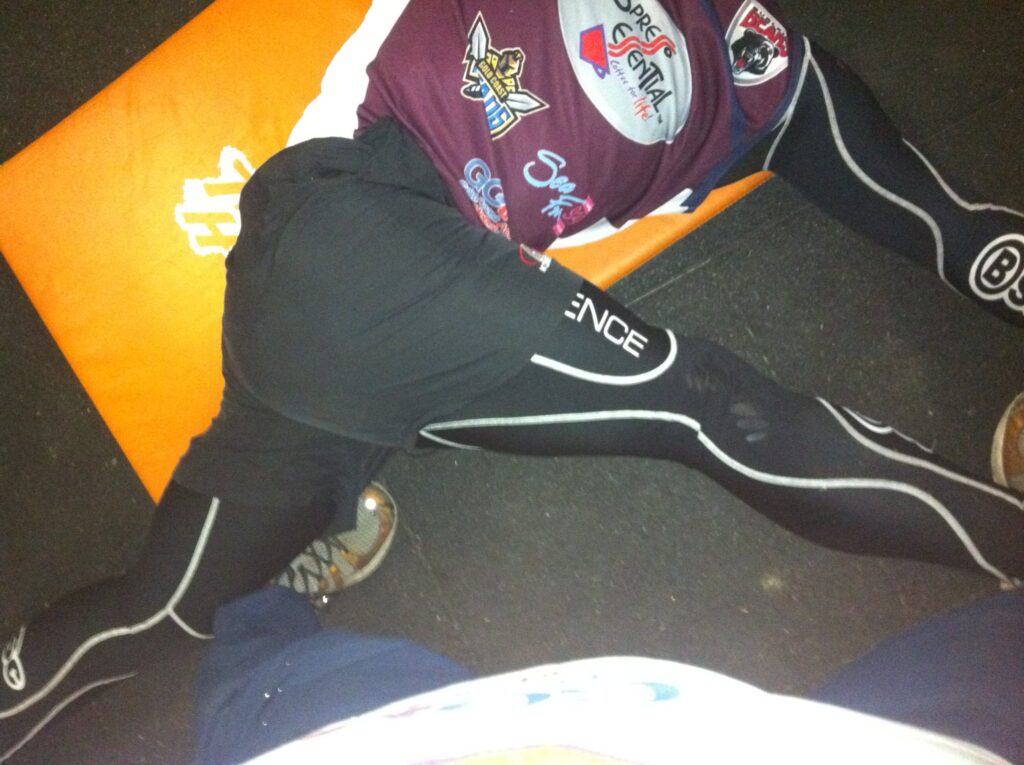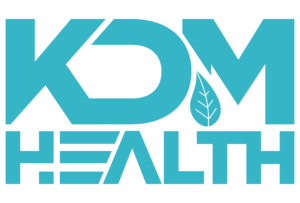Get Tested
My view and use of physical testing and assessment for sport has changed enormously over the past 20 years.
The TLDR is that everyone (not just sports people) would be best off having their flexibility, tension and posture assessed regularly. There are others, but these are an excellent and impactful start.
At minimum annually. Ideally twice yearly. At maximum quarterly.
The opportunity cost of neglecting this is enormous in my experience.
The easy to measure qualities like strength, speed, endurance, heart rate, sleep, distance, elevation, etc are tracked religiously thanks to being easy to measure or the improvements in technology.
The not so easy to measure qualities like flexibility, tension and posture are largely ignored because they are more nuanced and require what Naval Ravikant would call specific knowledge.
The irony being these qualities have the greatest correlation to being injury free and moving well throughout life, in my experience.
Here’s how this plays out practically.
The athlete or recreational trainer will set SMART (specific, measurable, attainable, realistic, time based) goals.
95% of the time the end goal is easy to measure. Things like:
Run a marathon
Complete a triathlon
Win a Powerlifting competition
Hike the Camino in Europe
Learn to surf
Play another season of masters Rugby Union
Pass a grading in the Martial Arts
Achieve single digit body fat percentage
Start indoor rock climbing with the kids
The training program they create will use predominantly easy to measure qualities so progress can be tracked.
So far so good.
Until the consequences of reality kick in.
Anytime we train/exercise we are increasing the flexibility of some muscles and concurrently shortening the range of other muscles. We are increasing the tension in some tissues too.
These changes in flexibility and tension don’t reset at zero for our next training session or at the start of a new training week. They compound in the direction of the stimulus we give our body.

If we’re not genetically gifted or have not created a plan to actively reverse the unwanted soft tissue changes, reality in the medium of inhibition, discomfort, pain, injury or surgery will appear sooner or later. Ironically the older we get the faster this compounding happens.
All of this impacts our posture. How we feel about ourselves at any time also impacts our posture.
Once we’ve assessed flexibility, tension and posture we know the area’s the individual must prioritise in the training program for the desired results.
Without this, we’re just hoping the current training trends of the day are serving us in our highest and best.
Practical Applications:
Find a coach skilled in these areas and get assessed at least once a year. It’ll take an hour or two hours tops.
You’ll walk away with a clear understanding of your current tissue length, tension and posture and an individualised plan to square you up based on your needs.
I’ve got annual/biannual client data of 10, 15 and 20 consecutive years now and can confirm the injuries and/or surgeries suffered by these clients are insignificant compared to those with no individualised guidance in these areas.
It’s been a game changer monitoring these more nuanced physical qualities.
